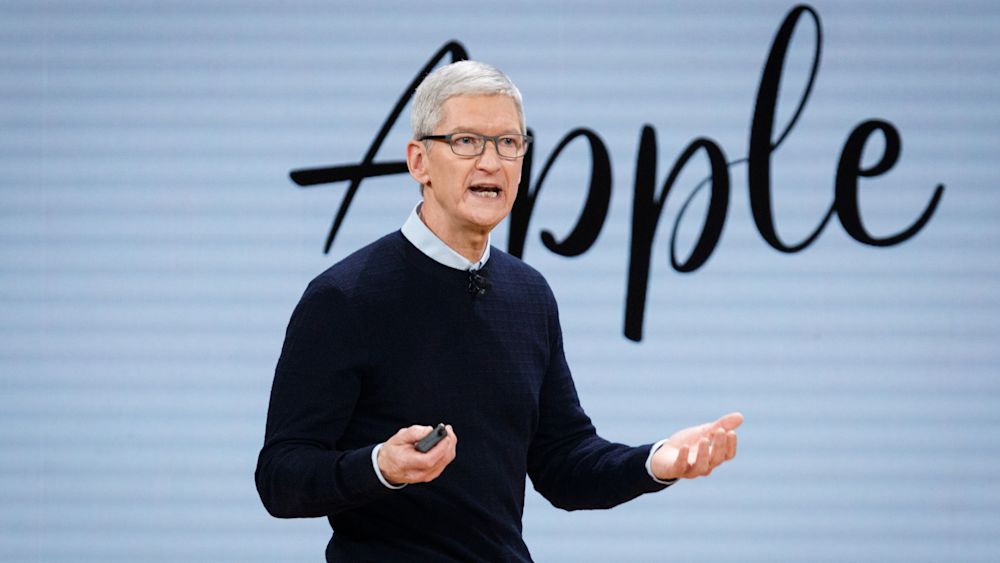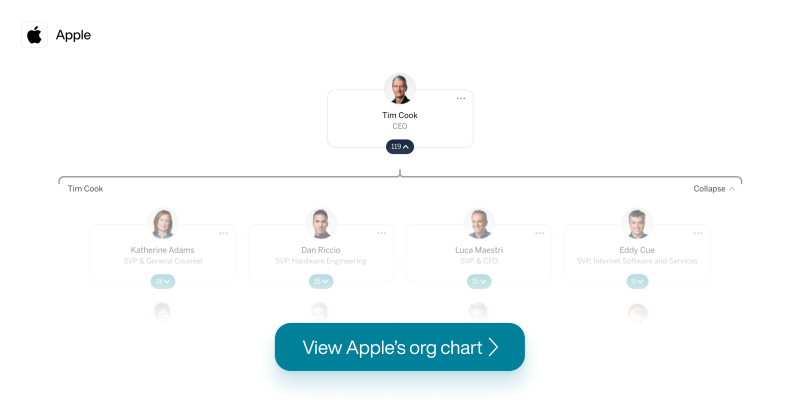- Iterate
- Meet The Team
- These are the People That will Take Apple Carbon Neutral by 2030
These are the People That will Take Apple Carbon Neutral by 2030
Table of contents
Apple announced this week it will be making its entire supply chain and products carbon neutral by 2030. We take a look at the team that will help CEO Tim Cook make this happen.

Reducing and offsetting
To achieve the 75 percent emissions reductions in the manufacturing chain, Apple will increase its use of low carbon and recycled components. This will include using its recycling robots Dave and Daisy (the original iPhone disassembly robot) to recover rare earth magnets and tungsten, and investing in electronics recycling technology through Apple’s Material Recovery Lab in Austin, Texas.
The company will also expand its use of renewable energy, lower energy use at its corporate facilities and help its suppliers do the same. Apple has got commitment from more than 70 suppliers to use 100 percent renewable energy, which, when enacted, will reduce emissions equivalent to taking 3 million cars off the road each year. Apple is also launching one of the world’s biggest solar arrays in Scandinavia.
To offset the remaining 25 percent of emissions, Apple will fund reforestation projects and improve energy efficiency in its operations. Part of the plan is Apple’s new carbon solutions fund that will invest in the restoration and protection of forest and natural ecosystems globally. The company will also work with Conservation International, investing in new projects and building on the knowledge gained from existing international conservation projects.
Tackling issues hand-in-hand
Through Apple’s Racial Equity and Justice Initiative, the company will establish an Impact Accelerator to invest in minority-owned businesses that tackle climate issues in the supply chain and are affected by environmental hazards.
Apple’s Vice President of Environment, Policy and Social Initiatives Lisa Jackson said systemic racism and climate change were not separate issues and a solution to one had to be a solution to both.
“We have a generational opportunity to help build a greener and more just economy, one where we develop whole new industries in the pursuit of giving the next generation a planet worth calling home.”
Jackson, who reports directly to Cook, oversees Apple’s efforts in combatting climate change and minimizing the company’s impact on the environment. She will be largely responsible for the company implementing the new strategies and achieving targets ahead of the 2030 benchmark. She is also responsible for Apple’s education policy programs, its product accessibility work and its worldwide government affairs function.
From 2009 to 2013, Jackson served as administrator of the US Environmental Protection Agency, appointed by President Barack Obama. In the role, she focused on reducing greenhouse gases, protecting air and water quality, preventing exposure to toxic contamination, and expanding outreach to communities on environmental issues.
Team for the job
Assisting her will be Apple’s Head of Environment, Health & Safety Scott Sidlow, who has been with the company since 2015. Sidlow is a global EHS, risk and security leader, with experience in the strategic development, implementation and management of effective global safety and security programs.
Sidlow said on social media that Apple recognized by integrating sound environmental, health, and safety management practices into all aspects of the business, “We can offer technologically innovative products and services while conserving and enhancing resources for future generations.”
Jackon’s team will also include Global Energy and Sustainability Team Lead Robert Redlinger, formerly commercial director at solar electric system manufacturer SunPower, and Global Energy and Environment Policy Team Lead Arvin Ganesan. Prior to Apple, Ganesan served at VP for Federal Policy at Advanced Energy Economy.
Paula Pyers, Apple’s head of supplier responsibility, will also play a major role in ensuring suppliers are on board with the company’s goals. Last year, when Apple partnered with Tiffany & Co. and social and environmental nonprofit RESOLVE to seek out sustainable gold, Pyers said sustainable sourcing was an example of how the industry could evolve.
“As we continue to increase our use of recycled materials, we’re seeking out innovative ways to source gold responsibly,” she said. The project combined re-mining with restoration in the Alaska-Yukon region to improve streams and open them back up for salmon, grayling and other fish species.
The Salmon Gold partnership connected local placer miners, environmentalists and government agencies in order to course correct the damage done from historic mining in the region. Apple committed to using the sustainable gold in the electronic components it uses throughout its products.
Forging ahead
In 2019, Apple cut its carbon dioxide emissions by 4.3 million metric tons. and in recent years the company has received high marks from Greenpeace for its aggressive efforts to limit the impact of its massive global operations. About Apple’s commitment to achieve carbon neutrality by 2030, Edward Maibach, of the George Mason University Center for Climate Change Communication, said on Twitter it was a big step in the right direction, if they make good on it.
“Next, they should lobby governments worldwide to increase their commitments to the Paris Climate Agreement.”
--
The Org is a professional community where companies can show off their team to the world. Join your company here to add yourself to the org chart!


The ORG helps
you hire great
candidates
Free to use – try today
